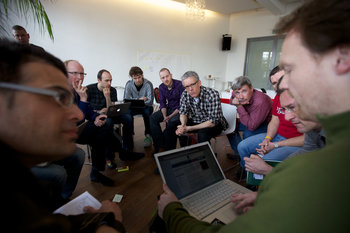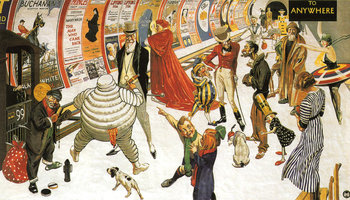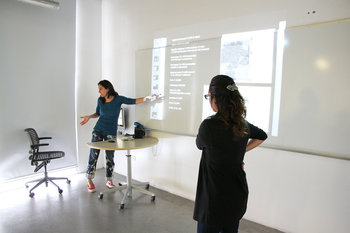
Target Market
The first view of the customer that marketing teams develop is a target market that specifies a group of potential customers by factors such as location, demographics, behaviors, needs and preferences.Lead
A lead is an identified member of your target market who isn't a customer yet.Qualified Lead
It is common to qualify or disqualify leads for your sales process by scoring the likelihood that they will make a purchase. For business-to-business sales this usually includes factors such as budget, authority, needs and timeline.Opportunity
An opportunity is a potential customer who is engaged by your sales team and is likely to make a purchase.Subscription Customer
A customer who pays a monthly fee to you for a service.One-Time Customers
Customers who purchase exactly once potentially due to a bad experience with your brand.Transactional Customers
Customers who buy from you sporadically. This can occur due to comparison shopping whereby a customer buys the best perceived value each time without a strong brand preference.Loyal Customer
A customer who makes regular purchases. The exact definition of a loyal customer depends on your industry. For durable goods, a loyal customer might be a purchase every 3 years. A fast-moving consumer goods company might view loyalty as 2 purchases a month.Convenience Loyalty
A customer who is loyal because they find you to be convenient. In other words, if something more convenient came along they might defect.Functional Loyalty
A customer who purchases from you because you offer functionality or features they need. Such customers will typically remain loyal as long as your features match their needs.Quality Loyalty
A loyal customer who purchases from you because the quality of your products and services match their preferences. For example, a customer who is convinced that you offer the best tasting coffee.Brand Loyalty
A loyal customer who identifies with your brand.Relationship Loyalty
Customers who buy from you because they have a business relationship with your employees such as sales people or customer service staff.Price Sensitive
A customer who buys from you because you are the cheapest or offer the best value relative to their needs. Price sensitive customers may leave if you hike prices.Lost Customers
A customer who was previously loyal who no longer purchases from you.Stuck Customer
A customer who faces switching barriers to stop using your product. Such customers may be completely dissatisfied but remain loyal until they see a way out. For example, a business that uses a software tool to semi-automate their core business processes may find it difficult to replace the tool.Satisfied Customer
A customer who is loyal because they are pleased with your end-to-end customer experience.Advocate
A customer who recommends you to people.| Overview: Customer | ||
Type | ||
Definition | A person, business, organization or government that has made a purchase from you recently. | |
Related Concepts | ||



























